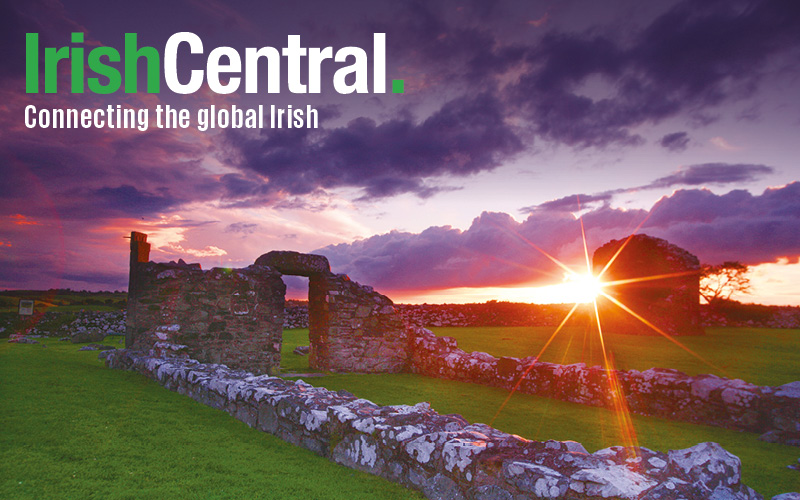A long-fought for memorial park commemorating the 6,000 Irish famine immigrants who died of typhus on Montreal’s waterfront in 1847-48 could soon become a reality.
For several years, members of the Montreal Irish Monument Park Foundation have called for a site to commemorate the thousands of Irish refugees who died of typhus in Montreal during the 'Summer of Sorrow.'
Two years ago, hopes were devastated when it was found that the land the foundation wished to acquire for the park was slated for an electrical substation to supply the future Réseau express métropolitain (REM) train, the Montreal Gazette reports.
Now, foundation director Victor Boyle says that two years of talks between
between Hydro-Québec, the city of Montreal, the Caisse de dépôt et placement du Québec, which owns the REM, and the Irish community have borne fruit.
Read More: Montreal Irish fight for Famine memorial for 6,000 who died in fever sheds
Public utility company Hydro-Québec had agreed to cede 1.5 hextares of its site for the proposed memorial park. The park will be located on Bridge St, near the Black Rock monument, the oldest memorial to victims of the Irish famine.
On Thursday, an 18-member working committee, including Hydro-Québec, urban planners, architects, archeologists, and members of the Irish community, will present a preliminary proposal of the park in a public meeting at St. Gabriel’s Church.

Illustration of Irish people begging for food during the Great Hunger.
Boyle said Hydro-Québec has supported the project wholeheartedly.
“They’re taking on this project with so much enthusiasm,” he said.
According to the Montreal Gazette, the committee’s proposal is to move part of Bridge St. between des Irlandais and the Canada Post building at 225 Bridge St. slightly to the north and place the park between it and the future REM line, to run parallel to the current CN tracks.
The Black Rock, which now sits in a grass median between traffic lanes on Bridge St, would stay in its current location as the centerpiece of the park.
The proposal also includes “a pool to evoke the immigrants’ ocean crossing, a paved walkway, outdoor agora, panels explaining the significance of the site and a vegetable garden to evoke the potato crop that failed, causing the famine.”
According to the foundation, visitor panels will not focus solely on the Irish refugees who immigrated to Montreal, but also on the humanitarian efforts of the locals, many of whom died while trying to help the sick.
Read More: Ghosts of the Irish Famine immigrants haunt Montreal's streets
City councillor Craig Sauvé of the Sud-Ouest borough said the committee’s progress is an example of what can be achieved when different groups work together.
“It’s a part of Montreal where history is ultra-important. It’s a sacred place for many people,” he said.
The preliminary proposal will be presented to the City of Montreal on Jan. 30
Sauvé said the city will then look at the possibility of moving Bridge St. to make way for the park.
Boyle said the park could open as early as 2023.
Read more: Archaeologists search Montreal construction site for mass grave of Irish famine victims




Comments